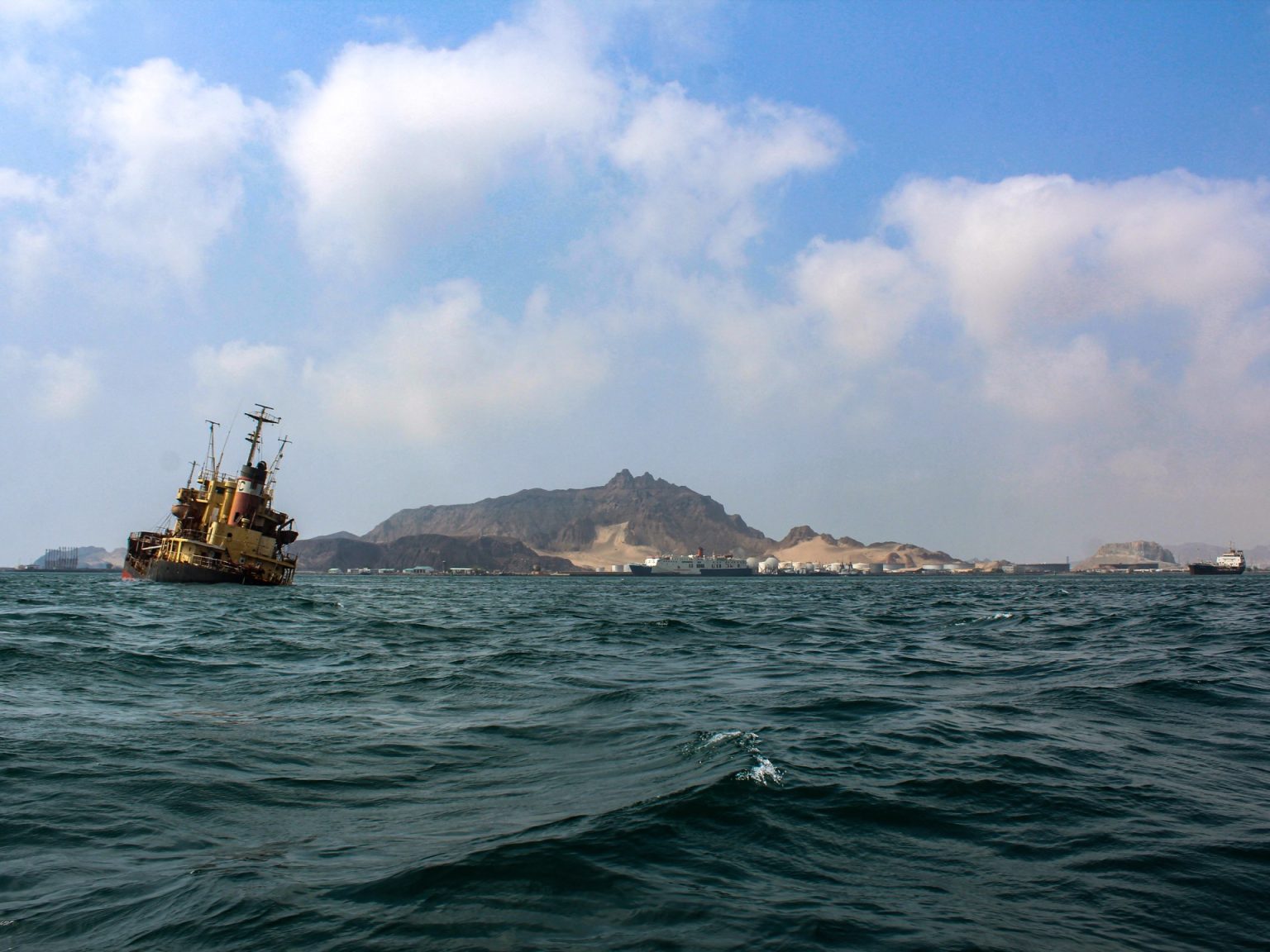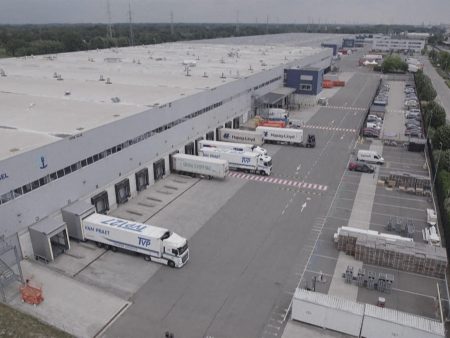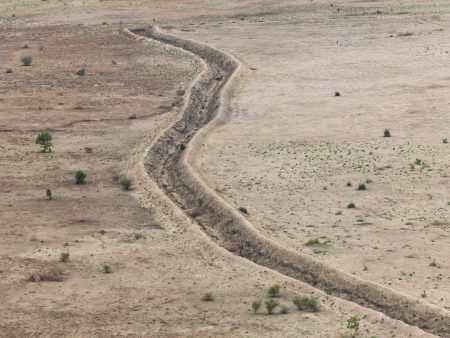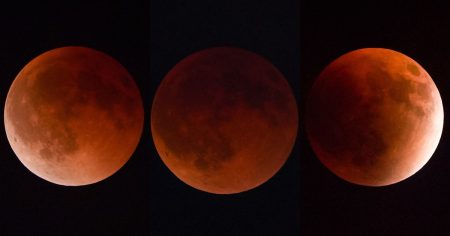Despite the instability in Yemen and the fallout of the war on Gaza, refugees and migrants from the Horn of Africa and East Africa are increasingly taking the dangerous route to reach Saudi Arabia and other Arab states in the region via Yemen. A tragic incident occurred when a boat carrying some 260 people sank while attempting to cross the Gulf of Aden from Somalia to Yemen. At least 49 people have been killed and 140 are still missing, with many of the victims being women and children. This tragedy is just one in a series of deadly incidents along this migration route, with at least 1,860 people dying or disappearing, including 480 who drowned.
The flow of refugees and migrants to Yemen has not been deterred by the devastating effects of the nearly decade-long war in Yemen, which was sparked by the Houthi rebels taking control of large swathes of the country, including the capital, Sanaa. Additionally, the aftermath of Israel’s war on the Gaza Strip has not slowed down the migration route either. The Iran-aligned Houthis have been targeting commercial and military vessels in the Gulf of Aden in response to the war in Gaza, while the US and UK have conducted air raids on Yemen to protect international interests. Despite these challenges, the number of migrants arriving in Yemen has tripled from 2021 to 2023, with about 380,000 migrants currently in the country.
The International Organization for Migration (IOM) has been actively involved in providing support and assistance to migrants along this dangerous route. After the recent boat sinking, the IOM rescued 71 people, with eight of them requiring medical attention. The agency has called for united efforts to address urgent migration challenges and enhance the safety and security of migrants along these perilous migration routes. The IOM has been working to provide shelters, medical care, and other essential services to migrants transiting through Yemen, as well as looking to address the root causes of migration from the Horn of Africa and East Africa.
The tragic incident of the sinking boat is a stark reminder of the dangers faced by refugees and migrants trying to reach safer and better opportunities in other countries. The treacherous journey across the Gulf of Aden has claimed the lives of many, including women and children looking for a better life. The IOM and other humanitarian organizations continue to work tirelessly to provide assistance and support to migrants along this route, as well as advocating for greater cooperation and collaboration among countries to address the challenges of migration. Despite the risks and challenges, refugees and migrants remain determined to seek opportunities for a better life, even in the face of ongoing conflicts and instability in the region.
Efforts to address the root causes of migration, including poverty, conflict, and lack of opportunities in the home countries of the refugees and migrants, are crucial in reducing the need for risky and dangerous journeys. By investing in development, peace-building, and improving living conditions in the Horn of Africa and East Africa, there is hope that migration can be managed in a more sustainable and safe manner. However, in the meantime, it is essential for the international community to work together to provide the necessary support and protection for refugees and migrants along these perilous routes, ensuring their safety and wellbeing as they seek a better future for themselves and their families.













